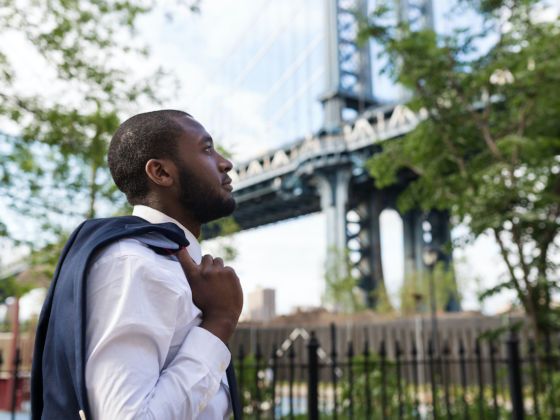Brooklyn is huge.
Brooklyn is larger than some visitor guides may lead you to believe. Many “guides to Brooklyn” will tip you off to every farm-to-table restaurant in Dumbo and make a quick mention of Coney Island, but mistakenly leave out the dozens of neighborhoods and locations that really make Brooklyn what it is; from the Bed-Stuy Historic District, which at one point was home to legendary baseball player Jackie Robinson and former boxer Mike Tyson, to Brooklyn Heights, which is filled with many homes built prior to the Civil War.
